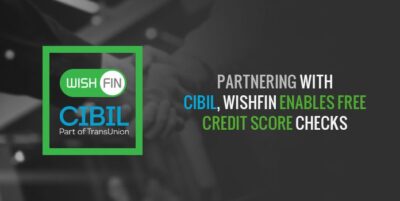Fraud can hurt a business in many ways, including financial loss, reputation damage, and the cost of recovering from it. Taking the proper steps can help prevent fraud and limit its impact. The fraudster frequently knows knowledge that the intended victim does not, which allows the fraudster to fool the victim.
Identify the Risks
A company that wants to prevent fraud must determine how it could be defrauded. This can be accomplished through workshops, brainstorming sessions, surveys, and employee interviews. It can also be helpful to study other companies in the same industry to see what kinds of fraud they have encountered and what kind of controls might help them prevent it.
The risks a company faces can vary from business to business. Still, most companies are vulnerable to some form of fraud if they allow people to enter their websites, use their products, or submit payment information. Some types of fraud are more common than others, but all can be prevented by implementing robust risk management processes and tools.
Fraud prevention can be costly, so a company should ensure that the benefits outweigh the costs. This can be done by identifying the potential risks and determining how much they could cost. This can be a challenging exercise because some types of fraud aren’t prominent, and it is hard for a company to put a dollar amount on something that isn’t directly visible.
This is why looking at internal and external risks is so important. The financial loss a company suffers due to fraud can be tremendous, but the damage can extend beyond that in ways that are not immediately apparent.
Identify the Opportunities
A fraud prevention checklist can help you test the effectiveness of anti-fraud measures and identify areas that could be improved. It will look at incentives, pressures, and opportunities to commit fraud; internal controls already in place; the ability of management to override those controls; and risks associated with information technology.
Modern technology has enabled businesses to operate more efficiently than ever, but it also presents new challenges for cybercriminals. Ensure only authorized employees can access sensitive information, financial data, and computer systems. Establish policies and procedures to limit access, such as requiring two-factor authentication for sensitive systems. Ensure that canceled checks accounts receivable and payable records, payroll information, materials with bank account details, and other sensitive financial documents are not filed in the same area as employee access files.
Educate employees about the risks of social engineering and phishing, acceptable use, and identity theft so that they can recognize red flags in email, such as a slight variation of an official name. Also, advise customers on the dangers of giving gift cards or money to people they don’t know, as it can be difficult to recover those funds once they have been transferred.
Identify the People
A victim of fraud will typically notice unusual activity in their bank accounts. These may include unexplained withdrawals or charges, hard credit inquiries that didn’t originate with them, new accounts opened in their name, and loans and debts they didn’t take out. Victims should also be on the lookout for suspicious communications such as calls or SMS messages requesting verification of their identity, change-of-address scams that redirect mail, and even arrest records that show up on a criminal background check.
Employee fraud often surprises elected officials and board members who oversee government agencies, but it shouldn’t. Elected officials and boards are responsible for understanding their agency’s operations and ensuring management has designed and implemented strong controls to prevent fraud. They can do so by implementing best practices and utilizing practical tools.
Identify the Tools
Detecting fraud before it’s too late is the best way to protect your business from financial losses. The typical organization loses about 5 percent of its revenue to fraud.
A fraud prevention checklist will help you test your company’s measures and find areas for more protection. The list can also serve as a reference guide for future risk assessments.
Fraudsters constantly evolve tactics to work around heightened security measures, so your risk team must be dynamic and adapt to changes. Using too many rules or blocking suspicious behavior may create false positives, decline legitimate transactions, or frustrate customers.
For example, a simple solution to prevent account takeover (ATO) attacks is to enable two-factor authentication and use strong passwords. Another is implementing machine learning to identify anomalies and behavioral patterns that indicate an attack.
Using an AI-driven fraud prevention tool will help to identify and stop fraudulent accounts and transactions in real-time. It provides an integrated and scalable solution that reduces the loss of money, time, resources, and reputation by automating decision-making and response, performing KYC checks, and improving compliance.
It uses supervised and unsupervised machine learning to analyze billions of trust and fraud-related signals to deliver data-driven decisions instantly. The solution helps prevent e-commerce fraud, account takeover, bots, and chargebacks while optimizing the checkout experience to improve store revenue.









